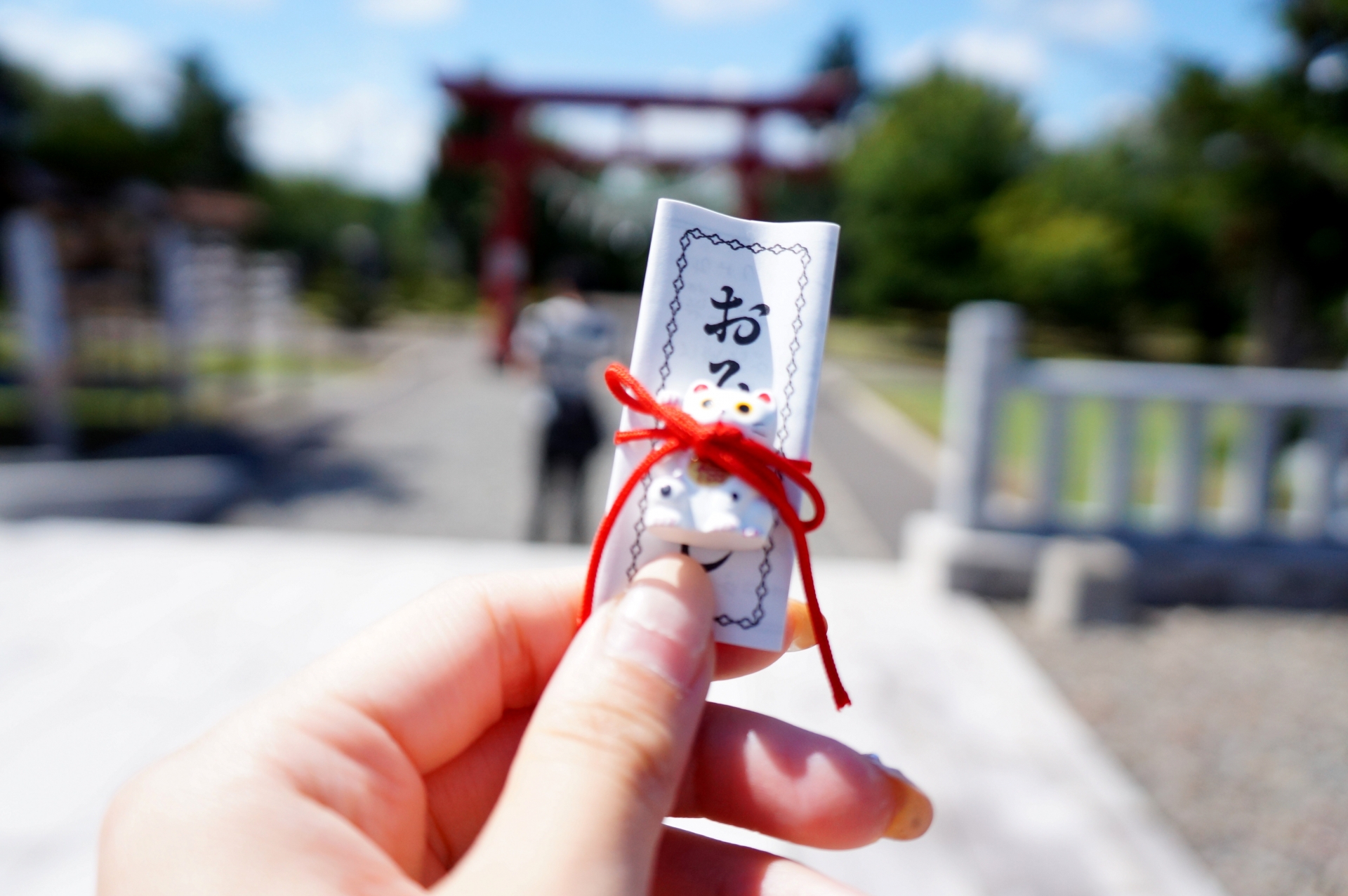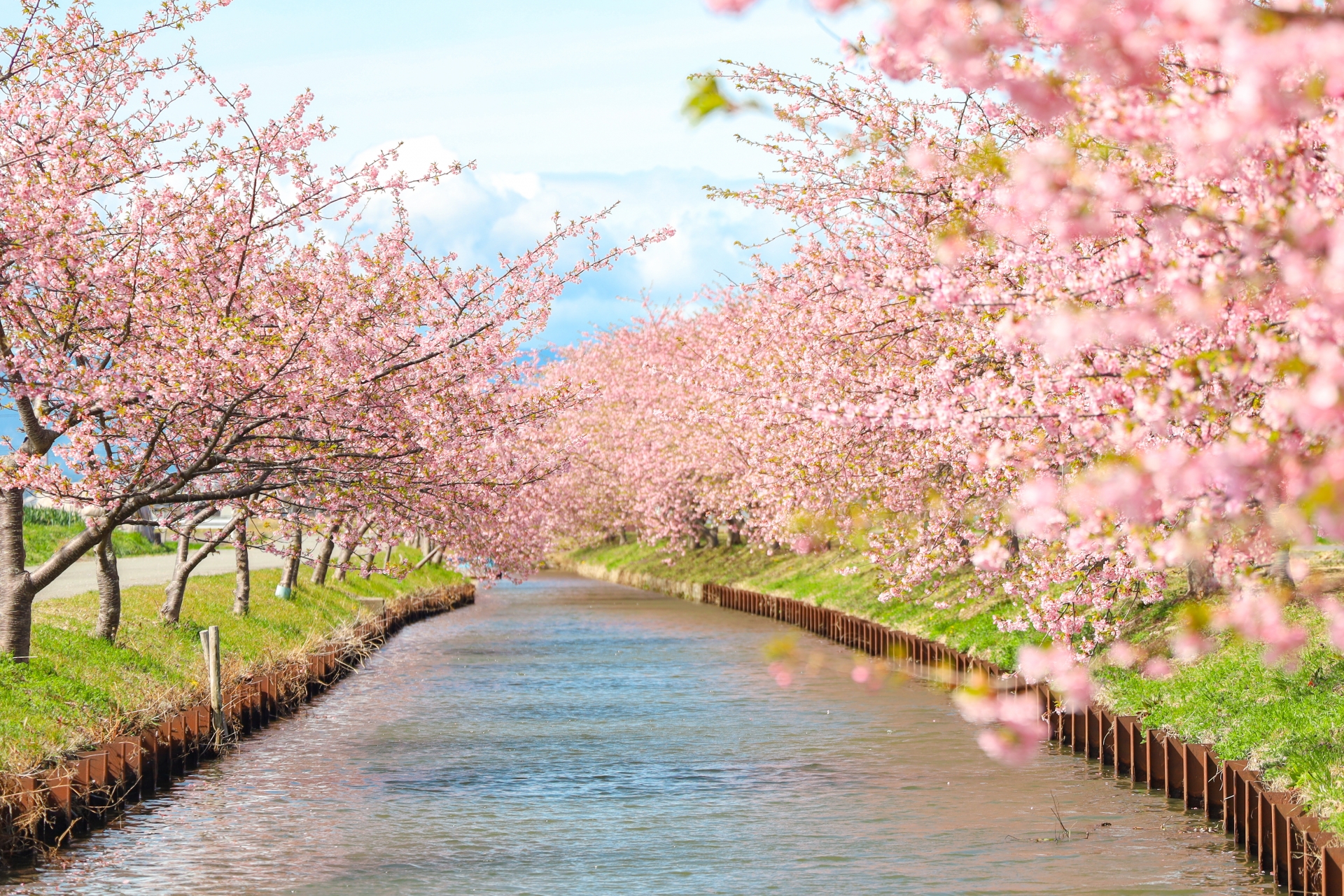If you visit shrines or temples on New Year’s Day, you may see a lot of people lining up and receiving a small rectangle paper. People seem to read it carefully, and some people smile and others frown. What are they exactly doing there? They are reading a fortune slip called Omikuji, which is a popular thing to do all year round, but especially popular on New Year’s Day to test the new year’s luck.
Here’s the complete guide to omikuji in Japan!
▶Wearing a kimono on New Year’s Day and when you visit a shrine is popular in Japan! You can try one at Kimono Rental wargo here!
What is Omikuji?
Omikuji is a paper slip with the result of fortune-telling written on it. Many Japanese shrines and temples offer this omikuji to tell your fortune and give you advice on how to improve your life in the future. It doesn’t just tell you whether you will have good or bad luck in the future, but it also describes your various fortunes in detail, such as your luck in money, health, romantic relationships and so on. Omikuji vary in price depending on the shrine or temple, but the average price is between 100 and 200 yen for one omikuji. Omikuji is also called “messages from god” because they tell you how to spend your time in the future with a piece of paper, and you can get it at sacred places like shrines and temples.
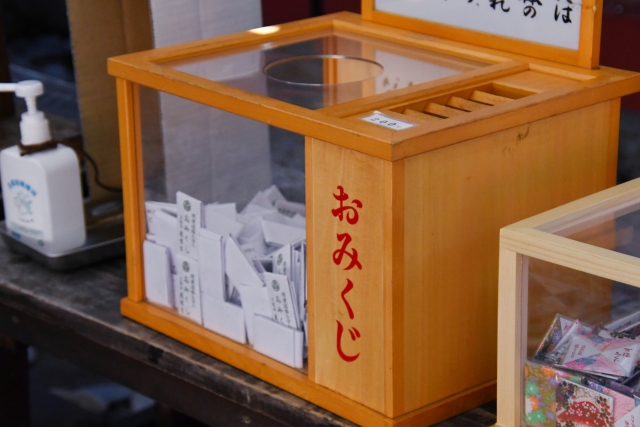
How to draw an omikuji
Pray at a shrine or temple first
First of all, you should pray at a shrine or a Buddhist temple before you draw omikuji to pay respect to the deity that is enshrined at the site. If you don’t know how to pray at a shrine, read this article where we explain how to pray at Japanese Shinto shrines.
Visit Omikuji corner
There’s a place offering omikuji and other lucky charms at the site. Some shrines and temples offer more than one kind of omikuji, so you can choose the one you like best or try them all.
Pay your omikuji fee
When you get to the omikuji place, pay your omikuji fee, the average cost is between 100 and 200 yen, but if you are not sure, ask a Miko, a shrine maiden directly.
Some shrines and temples offer omikuji with a box. After putting your money in a box which is similar to an offertory box, you can stick your arm into a box full of omikuji papers and draw only one piece.
Receive your omikuji result
After you paid, a shrine maiden hands you a hexagonal tube box. It contains omikuji sticks, and a number is written on the tip of each stick. When she hands you the tube box, shake it until a stick comes out. When you see your number written on the stick, tell it to the shrine maiden. Then she will give you a piece of paper which shows the result of your fortune.
How to read your omikuji result & meaning
On the Omikuji result sheet, you will see a word such as 大吉 (daikichi) and 小吉(shōkichi) etc which indicate your overall luck. If you read more deeply, you will find detailed information about your luck in various areas such as love, health, and money. It’s usually written in Japanese but some popular shrines and temples that attract a lot of international tourists offer omikuji papers that explain your luck in English as well as Japanese.
Overall luck symbols are varied and here we explain regular symbols that you can usually find. Some shrines and temples have classified a category of overall luck more than this chart.
| A category of overall luck | ||
| Kanji | How to read | Meaning |
| 大吉 | Daikichi | Great blessing |
| 中吉 | Chūkichi | Middle blessing |
| 小吉 | Shōkichi | Small blessing |
| 吉 | Kichi | Blessing |
| 末吉 | Suekichi | Future blessing |
| 凶 | Kyou | Bad fortune |
| 大凶 | Daikyou | Great bad fortune |
What to do after drawing omikuji
After drawing omikuji, you may see a lot of pieces of omikuji paper are often tied to a branch of a tree growing in the shrine or temple instead of being thrown away or taken home.
This is done in order to “tie your wish to the life force of the tree”, that means that you ask the life force of the tree in the shrine or temple to help you make your wish come true. Some shrines and Buddhist temples have offered a fence to tie your omikuji instead of a tree so as not to damage it. In this case, you should tie your omikuji on the fence. It is common to tie omikuji when drawing an omikuji with bad luck, and people tend to put it in their wallets when it is good luck. Of course, you can take your omikuji home if you like which is totally fine!

The unique variety of omikuji to try
Some shrines and temples in Japan offer very unique omikuji. While a regular omikuji is just a small sheet of paper handed to you, a unique omikuji comes in a package with a variety of designs. These packages vary in design depending on the shrine or temple, and some people make a collection of omikuji just for these packages. Here we introduce some shrines and temples that offer attractive, unique and cute omikuji!
Shika-mikuji & Hakushika-mikuji (Kasuga Taisha Shrine)
Kasuga Taisha Shrine in Nara Prefecture is a beautiful shrine in bright vermillion. It is designated as one of the World Heritage Sites, and many people from all over Japan come to visit here. There are two kinds of omikuji in the shape of deer you can try. Nara Prefecture is home to many deer, known as a holy place for them. Deer are said to be “God’s messengers” and are regarded as a sacred animal and being protected. You can see deer not only inside this shrine but all over Nara Prefecture. The first one is a handmade wooden deer with a piece of omikuji paper in its mouth which costs 500 yen each. The second one is a white deer omikuji, which costs 600 yen each. Both of these are very cute, and it is highly recommended for you to get these as your souvenir!
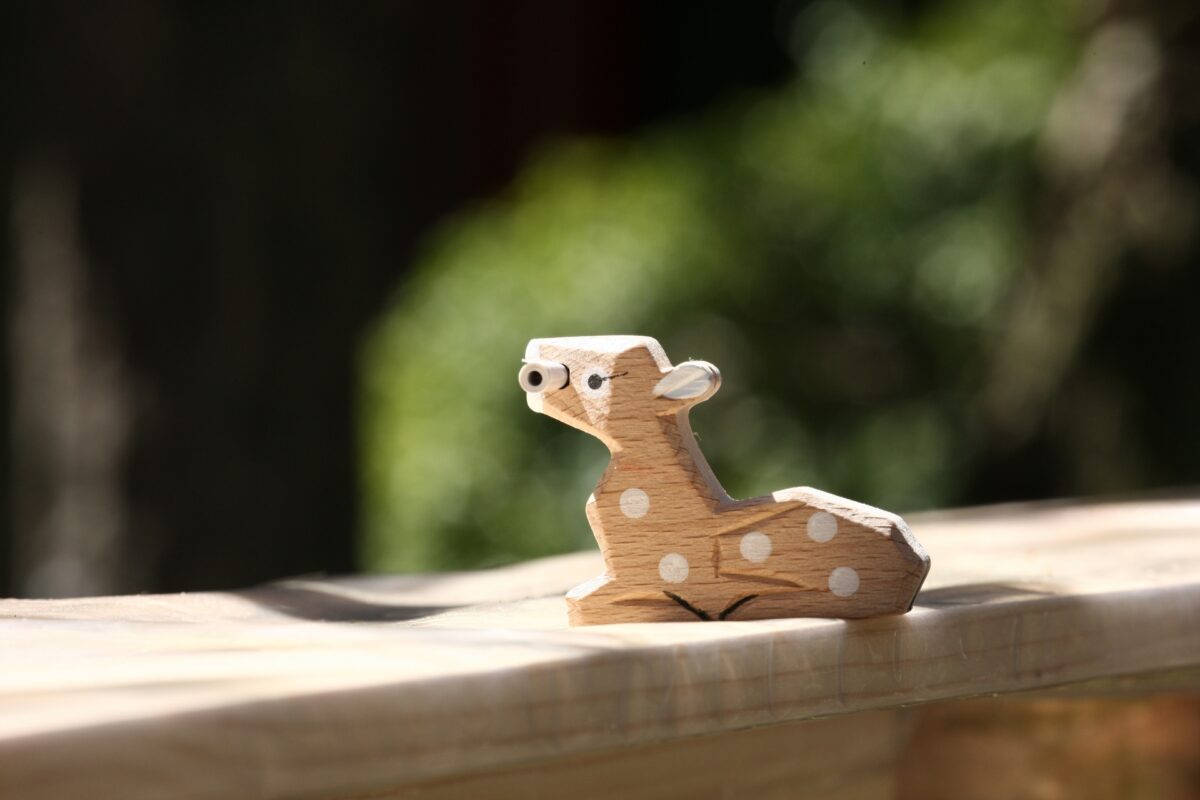
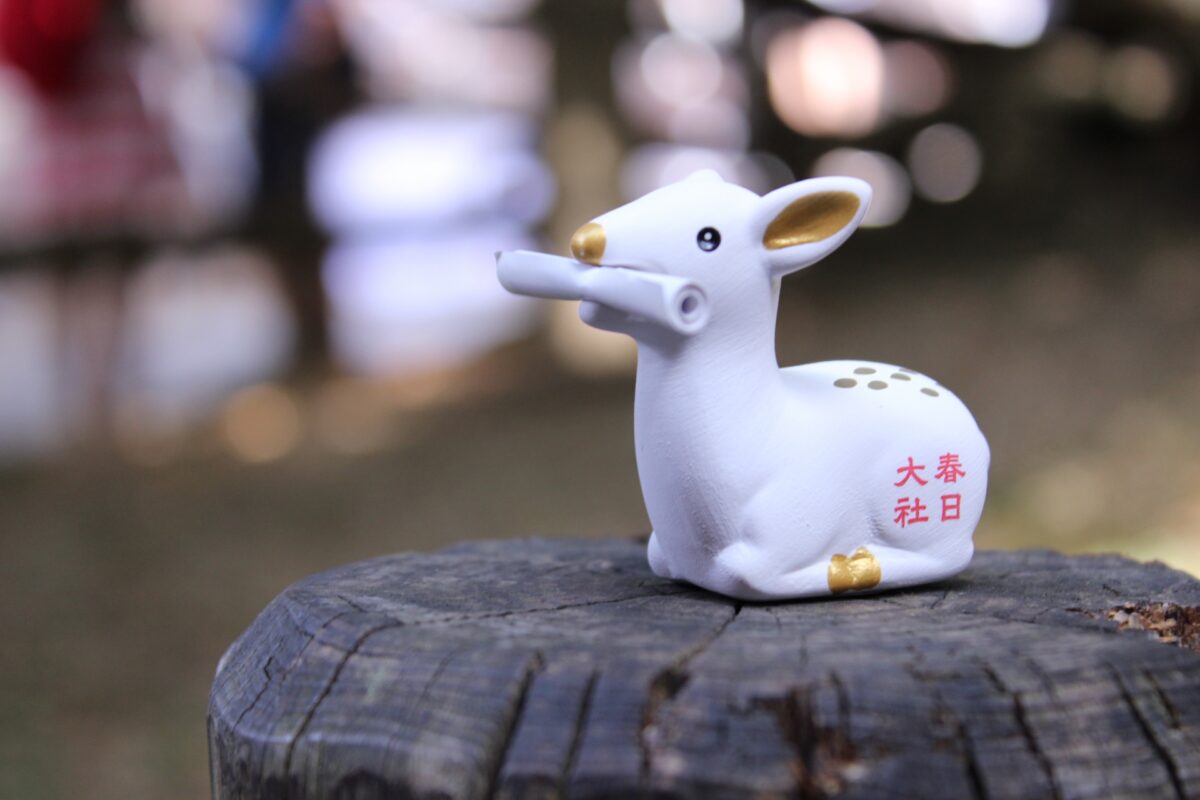
Shimaenaga-mikuji (Obihiro Shrine)
Obihiro Shrine in Hokkaido has attracted many visitors for their very cute omikuji. This shrine is known for its bird-shaped omikuji, which is made based on the motif of shimaenaga (Long-tailed tit), an adorable white bird found only in Hokkaido from autumn to spring. Inside this bird-shaped package, there is your omikuji result. Even here in Obihiro Shrine, you can watch actual shimaenaga birds flying. This omikuji is sold for 500 yen and their round black eyes with an eyebrow are so cute, its hard not captivate your heart!

Nagomi-kuji (Hasedera)
Kamakura, in Kanagawa Prefecture, is the center of many historic temples in Japan. It is also known as a famous tourist destination that attracts many people from around the world. Among them, Hasedera offers “Nagomi-kuji”, a cute omikuji in the shape of Jizo which will make anyone who sees it feel warm. They cost 500 yen each and the smiling face of Ojizo-sama will surely make you smile too!
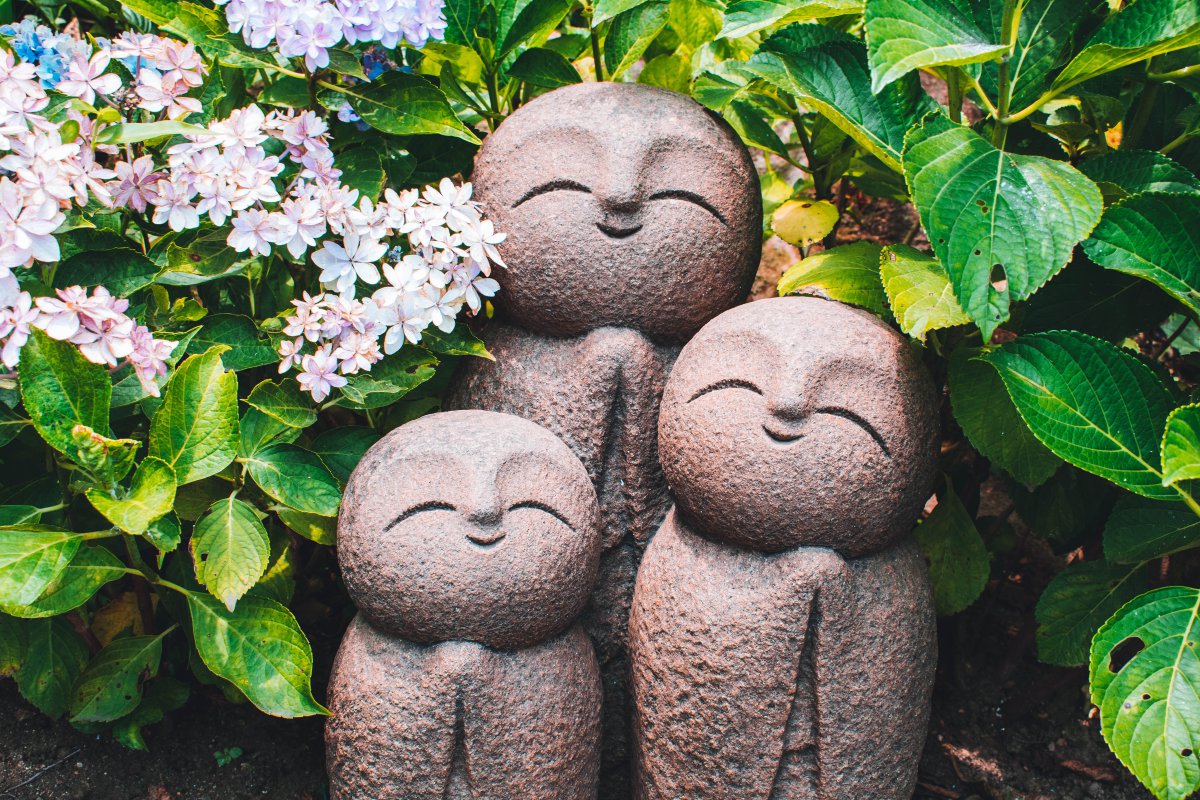
Rabbit omikuji (Okazaki Shrine)
Okazaki Shrine is located near Heian Shrine in Kyoto, and it’s been attracting rabbit lover’s attention. Since the area around the shrine is known as the rabbit habitat, the rabbit is believed to be a messenger of the deity of the area. And you can find many rabbit decorations at the site of the shrine, from the statues in front of the shrine to the lanterns etc. Of course, the omikuji is rabbit shaped! Try these cute rabbit omikuji when you visit Kyoto!
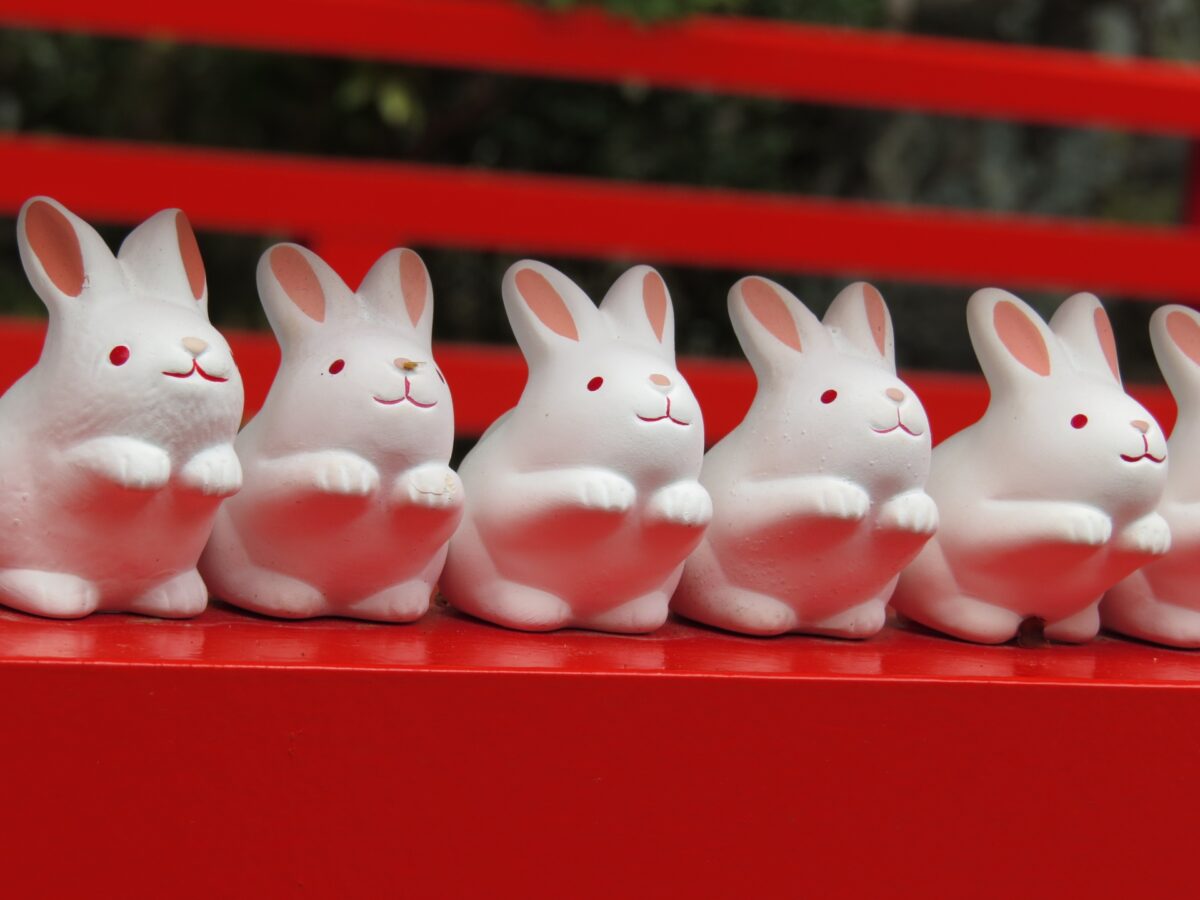
Daruma-mikuji (Atago Shrine)
Atago Shrine is the shrine in Tokyo which enshrines the deity of fire. The feature of the shrine is being on the top of the mountain. This shrine offers a variety of omikuji but a popular one is daruma-mikuji.
Daruma is a Japanese good luck charm that makes one’s wish come true.
Each face of their daruma-mikuji is different, so pick one that attracts you the most! To get the result, draw the paper inside of the daruma doll from the bottom hole with a small stick.
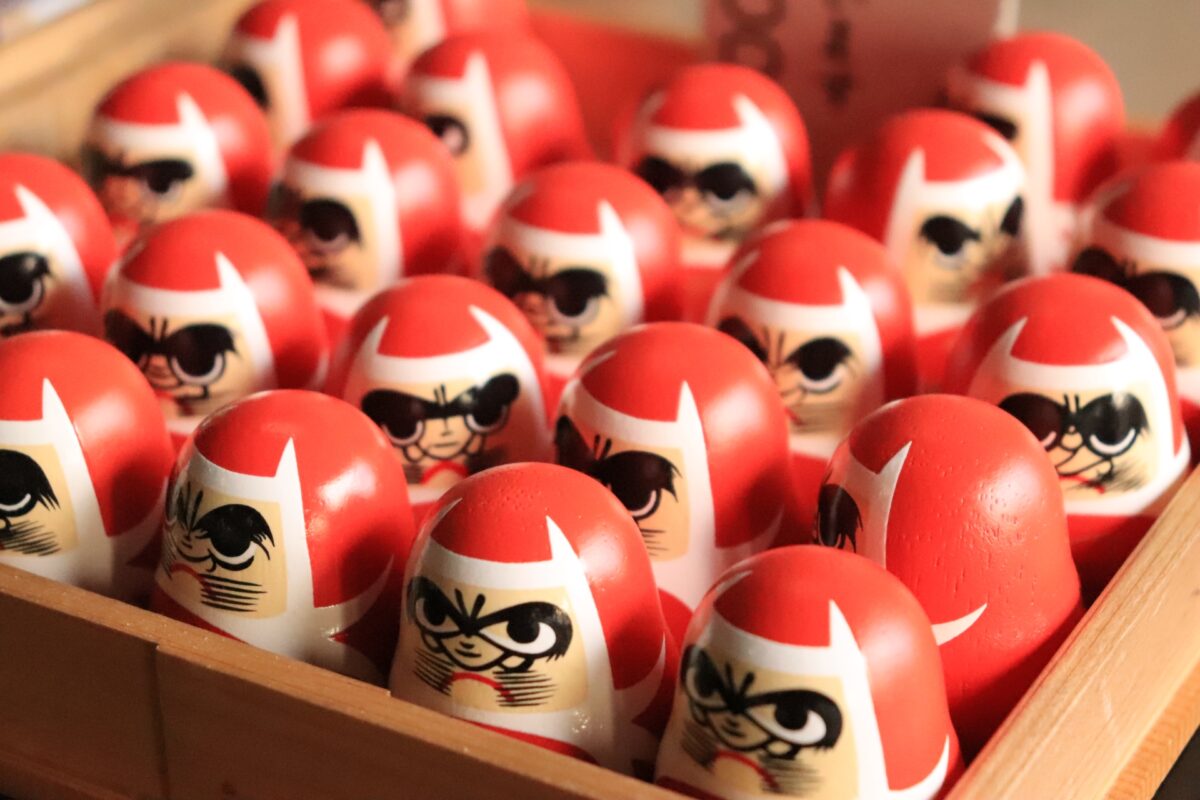
Try online omikuji
You can also try an omikuji online in case you’re away from Japan or the shrine where you want to visit.
- Atago Shrine
It’s a general omikuji with the result for your wish, business, health, travel, love and so on. It’s written only in Japanese so we recommend using google translate to read the results. - Meiji Shrine
You can draw a unique omikuji with the result not showing your luck but the waka poem composed by Emperor Meiji and Empress Shōken. It comes with the English translation.
Omikuji tells you not only the luck of the year but also tips to avoid bad luck in your daily life. Even if your result is not good, you can bring the slip as your memorable souvenir. When you come to Japan, why don’t you try your luck with omikuji?
Follow us on Instagram, Facebook and Twitter for more travel inspiration. Or tag us to get featured!
Happy travelling!
Kimono Experience to Complete the Look
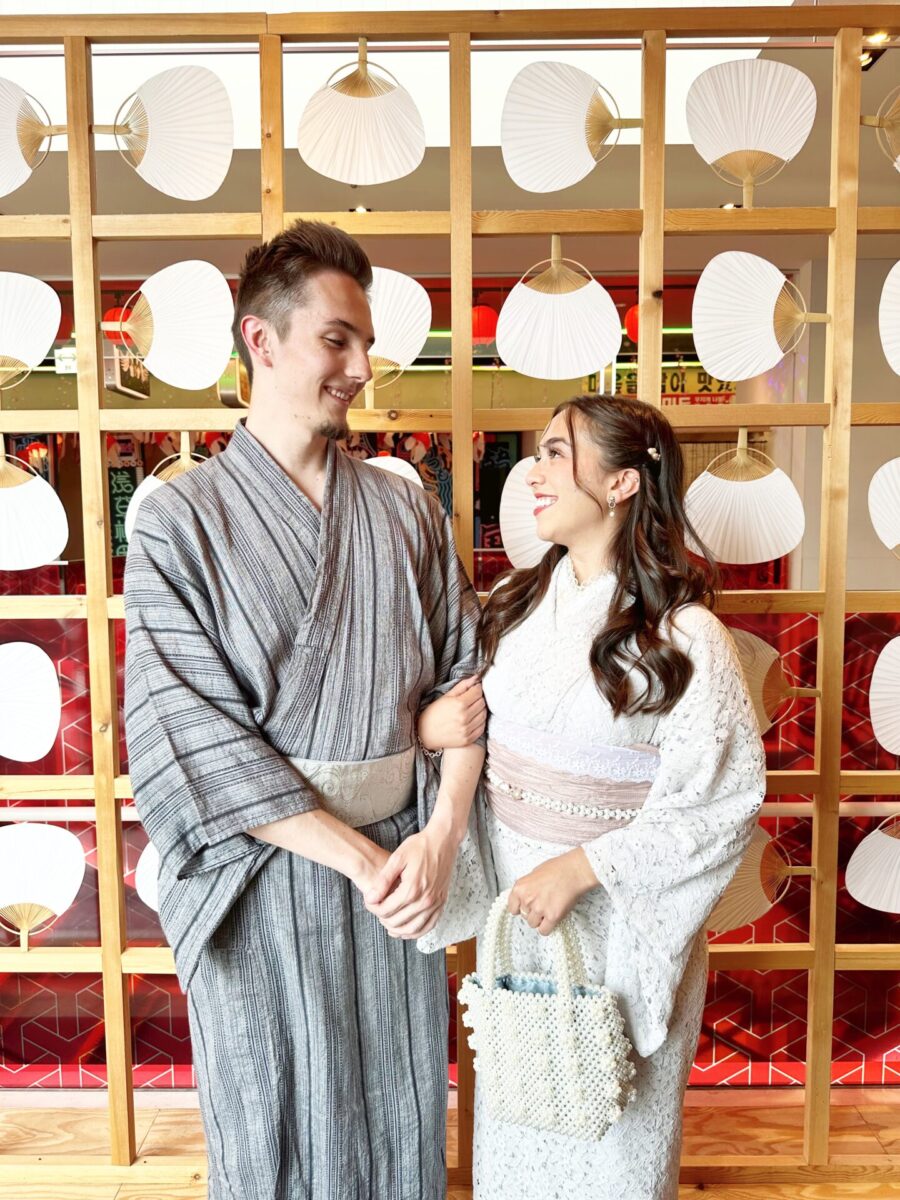
Kimono Rental is Available at Popular Tourist Attractions in Japan!
Discover Japan with a traditional Kimono from Kimono Rental Wargo! Explore cities or join festivals effortlessly starting from just ¥3,300. Our shops are conveniently located in Tokyo, Kyoto, Osaka, Kawagoe, and Kanazawa. Elevate your adventures with the elegance of the kimono and create unforgettable memories in Japan!
Other articles you may also like

Mao Goto is a Japanese freelancer who was born in Hayama, Kanagawa prefecture, and raised in Tokyo. Since 2016 she lives in the Taito Ward, home to a lot of Japanese culture hotspots such as Asakusa, Akihabara, and Ueno. She has been interested in the field of English education of Japan and got her Master’s degree in March, 2020. A lover of photography, travel, sweets, and cross-stitch. Contact her via Facebook.
This post may contain some affiliate links. When you click through and make a purchase we may receive some commission, at no extra costs to you.
